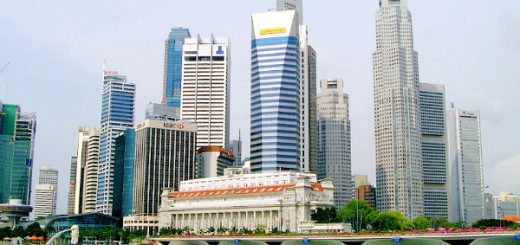The Middle Rhine Valley
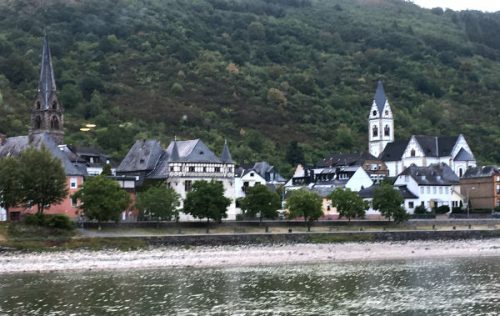
Admired by painters and poets alike for its charming river landscapes, the Middle Rhine Valley was declared a UNESCO World Heritage Site in 1992. Our journey between Cologne and the start of the Middle Rhine – around Koblenz – took place overnight, so we were up bright and early to make sure we did not miss much of that spectacular landscape. As our river ship cruised upstream towards Rüdesheim, we were met with a never-ending display of craggy hills dotted with ruined fortresses, castles, picture perfect villages and steep vineyards. Boppard was the first of the half-timbered villages we witnessed.
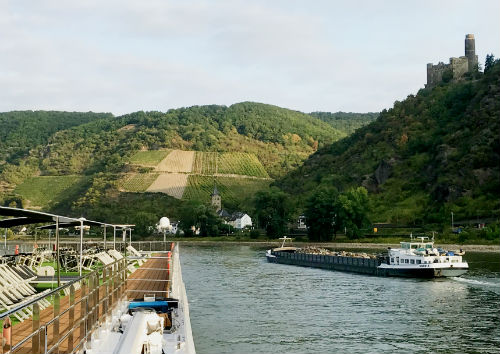
The Rhine Valley was once the Roman Empire’s northern boundary and one of the world’s busiest rivers for shipping. Even now it is alive with barges and cruise ships. Alongside the river are train tracks and roads with tourist buses, as well as the iconic castles and fortresses I made sure to photograph. The Thurnburg fortress above Wellmich is commonly known as Burg Maus (Mouse Castle) in contrast to the size of Burg Katz (Cat Castle) at St Goarshausen further up the river. It is currently the venue for falconry displays.

Once the largest fortress of the Middle Rhine, the Rheinfels Castle at St Goar is now a hotel, while a museum and battlement tours are available for tourists.
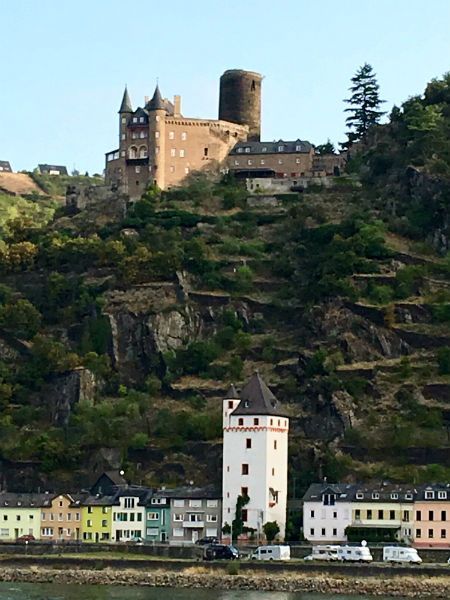
Officially known as Burg Neu-Katzenelnbogen after the family name of the first owners, Burg Katz towers imposingly above St Goarshausen. A short distance upstream, one of the most well known sights of the Rhine Valley was met with great anticipation.
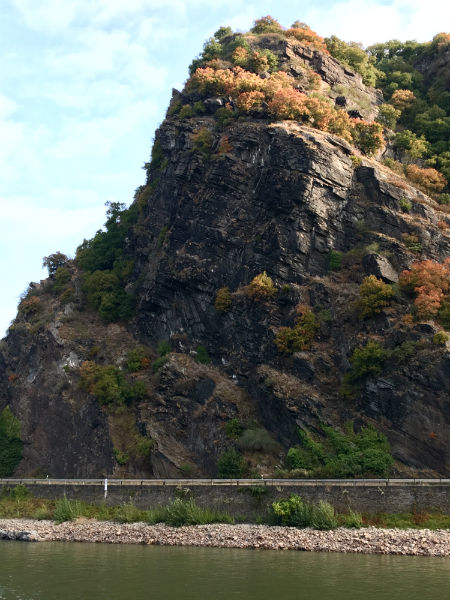
At a point on the Rhine where the river narrows and treacherous currents and rock have caused ships to founder, stands the 131m high cliff romanticised in legend and poetry as the Lorelei – a maiden who lured mariners to their destruction. Many of the ship’s passengers had braved the early morning chill in order to capture the sight on camera, but not just for us, this was somewhat of a letdown. Although it looked pretty dressed in its autumn foliage, it was no more than a rocky outcrop with a bronze statue to mark the spot, which many of us missed in the shadows.
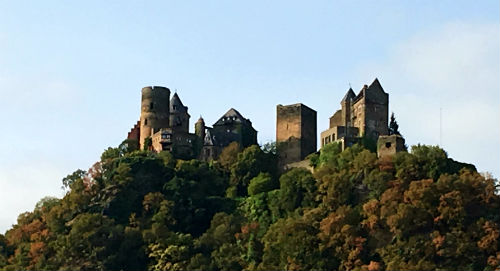
The obligatory castle ruin at Oberwesel with its surviving 16 towers – the Schönburg – can trace its origins back to the 10th century. Oberwesel itself lays claim to being a Celtic settlement 400 years BCE before being used as a Roman military station.
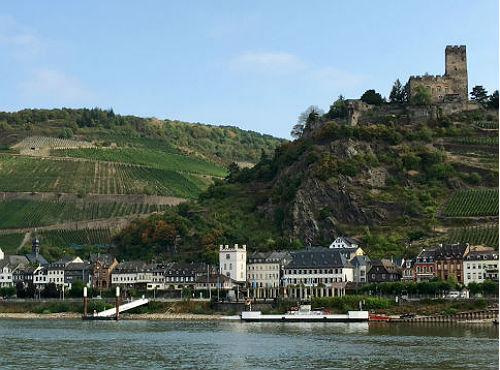
Looking like a duplicate of the earlier view of Wellmich, the village of Kaub and its vineyards are dominated by Burg Gutenfels, a construction from the 13th and 14th centuries. The vineyards of the Mittelrhein region are known for the production of some very good Rieslings.

On little Falkenau Island, just off the banks of the river at Kaub, the ship-shaped Pfalzgrafenstein fortress looks more like a fairytale picture than others. Several of these castles were erected by ‘robber barons’ to collect tolls from the river traffic, with a large chain crossing the river, lowered only once taxes had been paid.
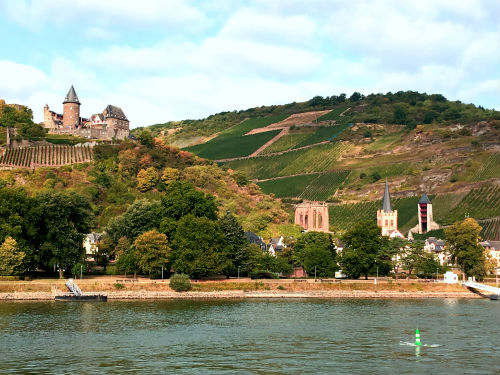
The picturesque village of Bacharach is dominated by Stahleck Castle, commenced in the 12th century and like many of its kind, expanded, destroyed and rebuilt over succeeding centuries. It now houses a youth hostel. Among the many historic buildings in this village is the Werner Chapel, now a skeleton with Gothic framework in its window arches.

One of the most well known fortresses on the Rhine, best seen from on high and in profile as portrayed in cruise advertisements, is the 14th century Burg Rheinstein. Its crenellated towers and Gothic windows reflect the fashion of the 19th century when it was restored. Now it, too, is a refined hotel.
From this point on, the wine region is known as the Rheingau, considered the best wine producing region of Germany. Rieslings continue to excel, while around Assmannshausen the soil and micro-climate are ideal for producing the light Pinot Noir known in Germany as Spätburgunder. Rüdesheim, our next port of call, would finally provide us with the opportunity to savour the wines produced from the vineyards we had admired thus far.

